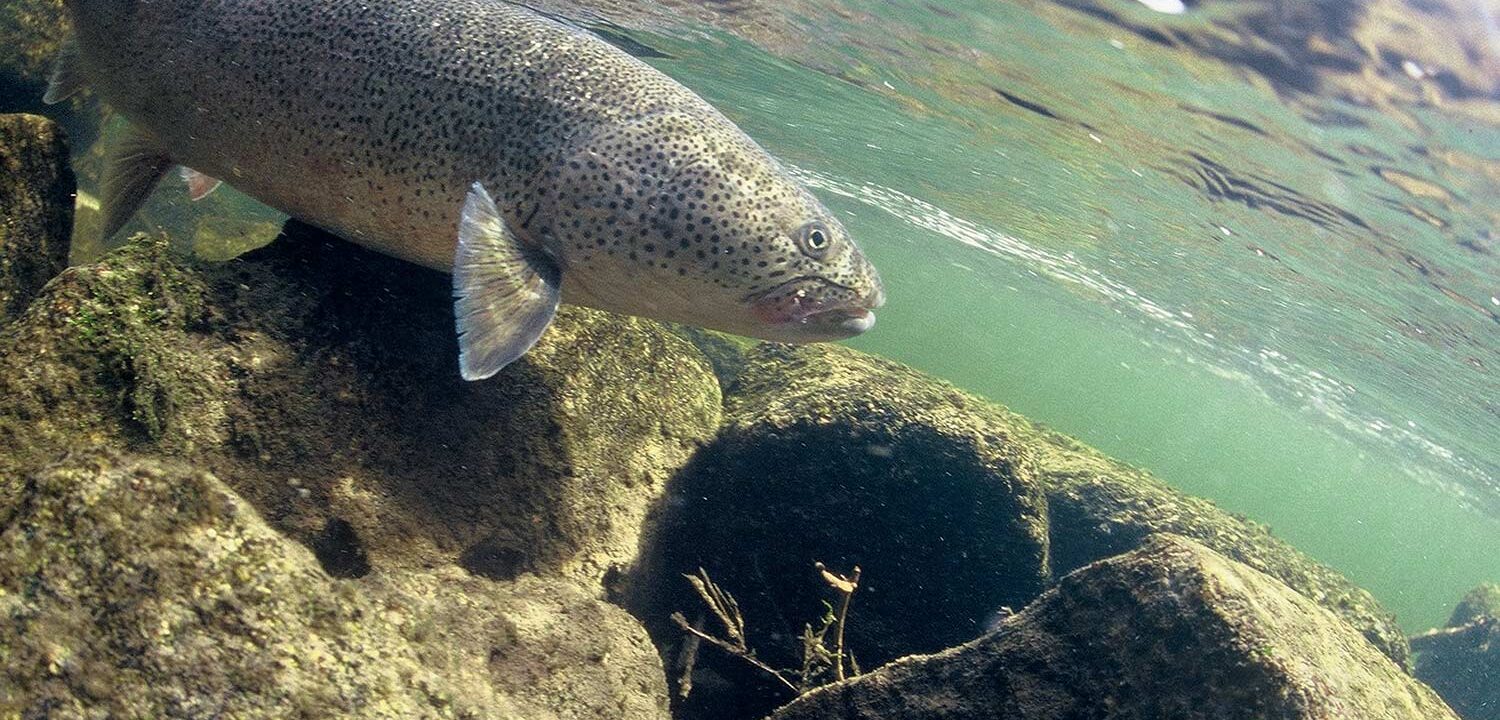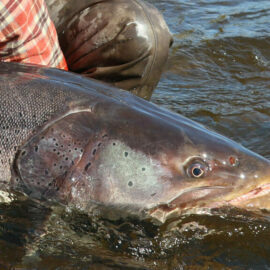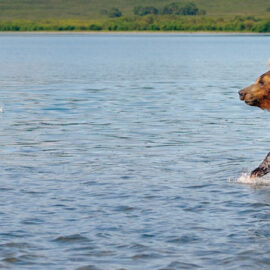Study examines the extinction risk of one of the Pacific’s most enigmatic species.
Sakhalin taimen (Parahucho perryi) can live up to 20 years and reach 2 meters in length and over 50 kilograms in mass. The largest salmonid in the world, taimen are dependent on freshwater, estuarine, and marine habitats and occupy a unique ecological niche. With their huge bodies, large mouth, and tough-looking features, taimen have earned the nickname ‘river wolf’ and the symbols for fish and devil are used to make its Chinese character. Its diet can include mammals, ducklings, and large fish — even adult salmon.
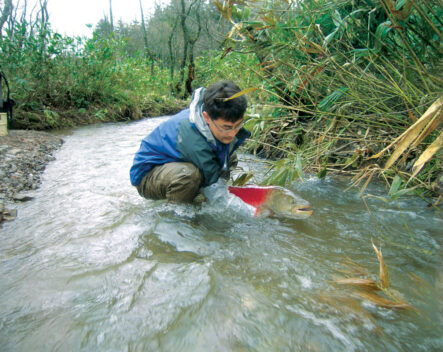
Armed with emerging knowledge from our field and laboratory research efforts, WSC is leading efforts to conserve critical habitat for taimen. We are also working on educational initiatives, strengthening local watershed councils, and encouraging sustainable fishing practices to further advance taimen conservation. Our efforts are focused on northeast Sakhalin, which may support the largest river populations of the species.
An important component of WSC’s research efforts were highlighted in a recent scientific paper. It describes the environmental factors that have shaped the historical global distribution of Sakhalin taimen and identifies key watershed characteristics that are associated with stable populations.
Taimen, possibly the oldest known surviving species of the salmonid family, face an uncertain future. In its native habitat on the Japanese island of Hokkaido, Russia’s Sakhalin and Kuril Islands, and the far eastern mainland, over 90% of Sakhalin taimen’s historic abundance has been lost due to overfishing and rampant land use development. The International Union for Conservation of Nature (IUCN) has listed the taimen as a critically endangered species.
Because taimen reach maturity later and live longer than other salmonids, they are more sensitive to changes in their environment and serve as an important indicator of the health of our rivers and oceans. Due to their small population size and the complexity of their life cycle, taimen have been poorly studied and major gaps in our understanding handicap our efforts to ensure the long-term survival of the species.
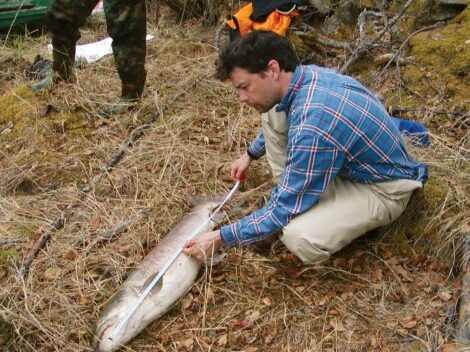
Over the last eight years, WSC, guided by the IUCN Salmonid Specialist Group, has worked with our partners in Japan and Russia to fill this gap in our understanding of this unique and enigmatic species. Our research efforts have been focused in three separate areas: 1) understanding extinction risk and describing ecological and genetic differences among a group of key river populations; 2) describing migration and life history patterns; 3) carrying out river expeditions to identify key habitats (particularly spawning habitat) and developing methods to estimate adult population abundance to provide a baseline for our conservation work.
The recent study concludes that the species is range-restricted due to preference for intermediate levels of precipitation, a requirement for cold temperatures, and minimally developed agricultural land use. In addition, the authors identify the crucial role that intact, low gradient river floodplains play in conserving this species. In particular, large lagoons appear to serve as critical habitat for taimen in the winter.
Through community involvement, education, and science-based strategies to identify and protect taimen strongholds, we have an important opportunity to protect a critically endangered, flagship species. Together we can make a lasting contribution to the health of the Western Pacific’s remarkable wild salmon ecosystems.
